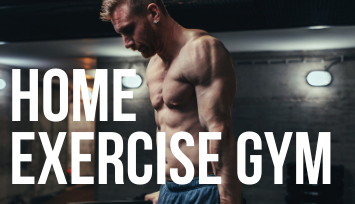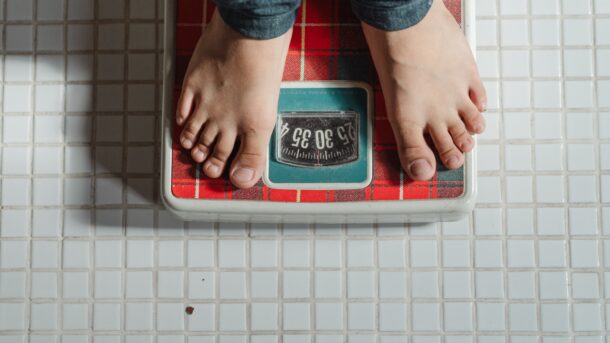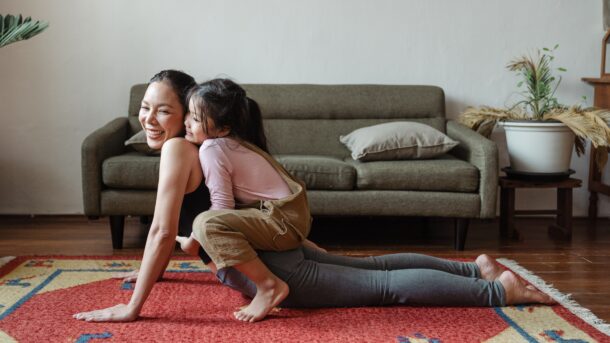If you don’t have enough time for exercise throughout the day, incorporating desk micromovements can help. Every time you tap your foot or even twiddle your thumbs, you’re burning calories! These are great examples of micromovements that can help you incorporate more physical activity throughout your day. Here are some great examples of micromovement exercises that you can incorporate into your day for more physical activity!
Tap Your Toes
One of the biggest risks to sitting for long periods of time is Deep Vein Thrombosis. Tapping your toes is a great way to increase circulation in your legs, and burn calories at the same time. Tapping your toes is a great way to help mitigate the effects of sitting for long periods of time and reduce your risk for Deep Vein Thrombosis. These small incremental activities can add up to a lot of calories burned over time!
Breathe In and Breathe Out
Simple deep breathing exercises are also great for burning calories. A study conducted at a hospital over 26 days, featuring 20 obese patients on a low-calorie diet showed improvements in exercise capacity. Comparing the experimental group with the control group, the experimental group patients performed better on a 6-minute walking assessment. Breathing does burn a tiny amount of calories. However, deep breathing exercises are very beneficial because they promote a healthier overall appearance. Deep breathing exercises are also very beneficial for your mood. A deep breathing exercise can take as little as a minute. Just take a deep breath for 20 seconds, hold it for 20 seconds, and exhale for 20 seconds.
https://pubmed.ncbi.nlm.nih.gov/20805830/
Shoulder Rolls
Do you feel a lot of tension in your shoulders? These are easy exercises which you can do while sitting in a stationary position. Shoulder roll exercises are designed to stretch your trapezoid muscles. If you feel a lot of tension on your back and neck, shoulder rolls are a great way to relieve some of the tension. This form of exercise can also improve your ability to lift weights or perform other more intense exercises that rely upon your back and shoulders. However, you’ll have to be very careful when performing these exercises. It’s best to avoid forward and backward motions, and strictly perform an up and down motion while doing shoulder roll exercises.
What Muscles Do Shoulder Shrugs Work? | livestrong
Shoulder Shrugs: Muscles Worked, Benefits, and How To (healthline.com)
Head Nodding
Did you know that nodding your head can have benefits to your physical health? Neck strength is an important part of your body. Head nodding can help strengthen the muscles in your neck. Head nods are cited as a potential exercise that can help alleviate neck pain. If this is something which you experience as a result of a job which requires long periods of sitting, head nodding exercises can help.
Incorporating motion and movement in your day-to-day activities is a great way to be able to improve your overall health and fitness. Although micromovement exercises may not always burn a ton of calories or lead to significant improvement in strength, these exercises have many clear benefits. Therefore, it’s a great idea to incorporate micromovements into your daily exercise routine.
Incorporating motion and movement in your day-to-day activities is a great way to be able to improve your overall health and fitness. Although micromovement exercises may not always burn a ton of calories or lead to significant improvement in strength, these exercises have many clear benefits. Therefore, it’s a great idea to incorporate micromovements into your daily exercise routine.








Recent Comments